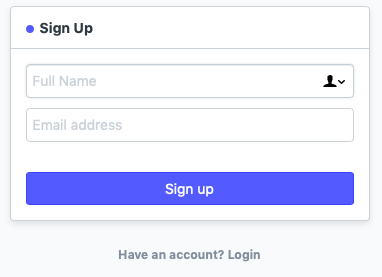I am open to being a bad user here, but I am wondering if I am using the system correctly or if there is a setting that I am not aware of to solve this issue: (note I am running version 11 on symoglobal.com and empowery.com where this problem is literally blocking revenue everyday.)
Full disclosure, this issue may have existed before the update to version 11, but I wasn’t paying close enough attention. ![]()
ISSUE: The shopping cart on a site like symoglobal.com doesn’t allow someone to checkout without first registering.
The problem is that when someone adds to the cart, they get redirected to the login page. That is fine in theory, although the text to create an account could be enhanced since new users may not have the patience to scan carefully for the “Don’t have an account?” text.

From a marketing perspective many ecommerce types of sites would have a more user friendly balance approach to the create vs. login options. (like overstock.com)
However the real issue is that if someone does find and follow the link they get directed to enter their full name and email and then click the sign up button:

After they click sign up the system notifies them that they need to check their email for verification:

Once the user closes that verification pop up they are left back at the sign up screen with a green success indicator - which is nice, but ultimately this page is a dead end AND the shopping process is non-existent from that point.
If the site cart check out page allowed them to enter their billing and or shipping addresses and payment information and checkout, even without verifiying their email it would act more like a typical ecommerce experience.
They would have to goto their email, verify, then return to the site, login and then start the add to cart process all over. Plus the adding of addresses is not an obvious or normal flow for ecommerce checkout which adds to the confusion of customers.
For a casual ecommerce shopper this is an unbearable burden.
QUESTION:
Do we have alternative check out flows that can help a user make a purchase and use the shopping cart without having to jump through so many hurdles?
As always if there needs to be enhancements made I am willing to support the cost to develop those.
Thank you in advance for your advice or counsel.
